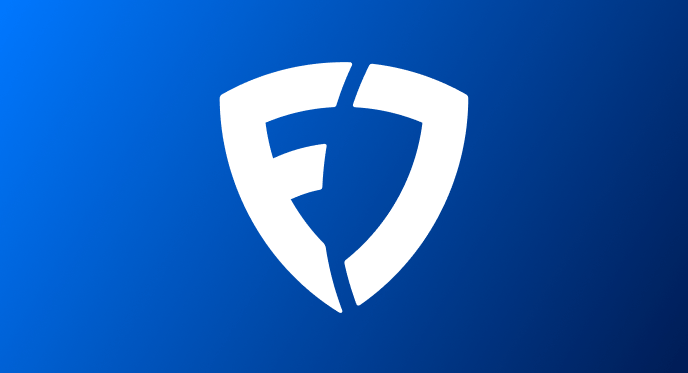
MLB Spotlight
3 Best MLB Home Run Prop Bets for Tuesday 4/8/25
Fernando Tatis Jr. can help keep Sutter Health Park's early trend of homers rolling. Which other sluggers might round the bases on Dinger Tuesday?
Upcoming Games and Scoreboard

3 Best MLB Player Prop Bets for Tuesday 4/8/25
Jackson Chourio's sweltering bat will introduce itself to Coors Field. Which MLB props should you target today?

3 Best NBA Player Prop Bets for Tuesday 4/8/25
Josh Hart is a top target in the prop market. Which NBA props stand out today?

